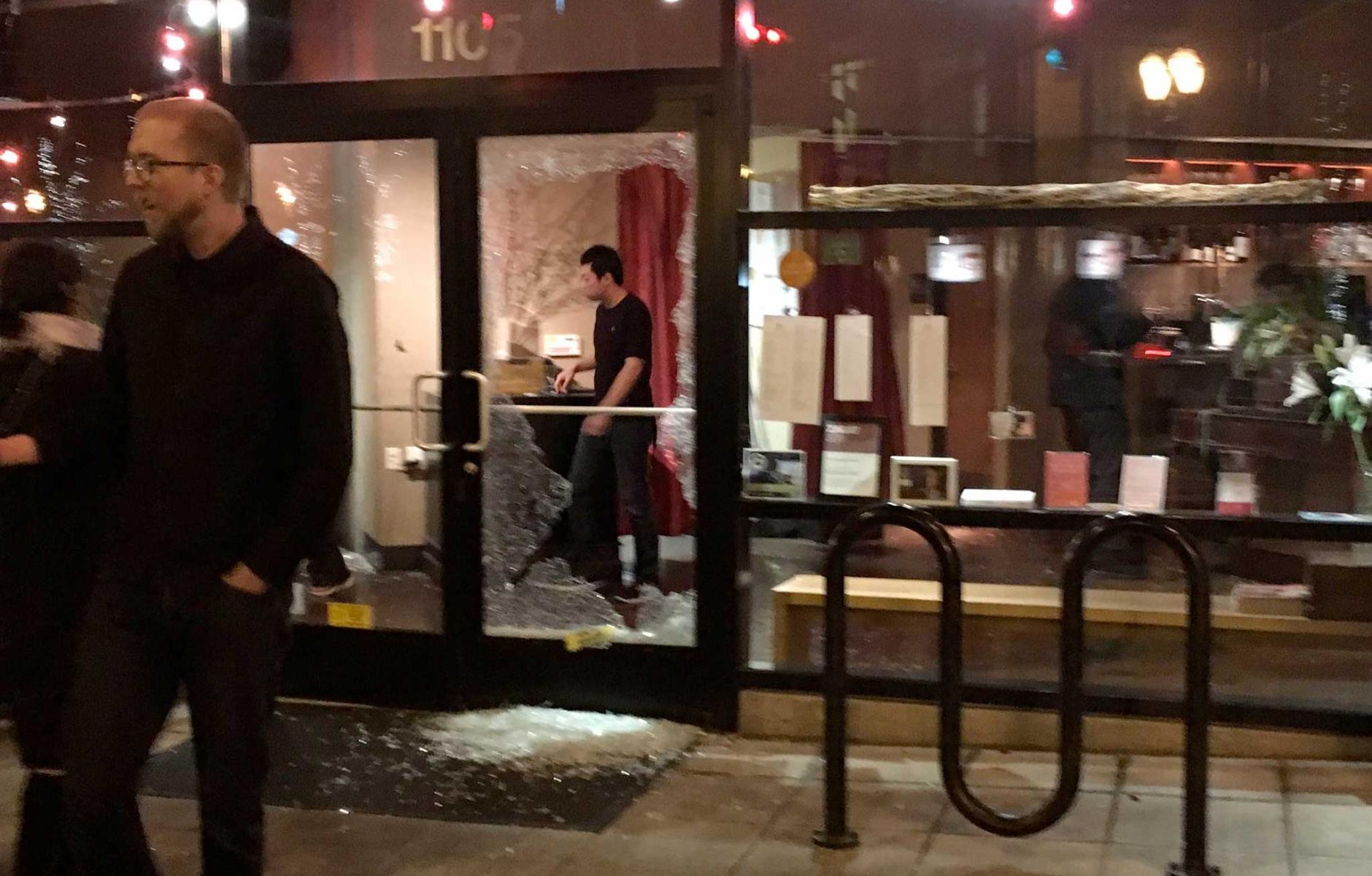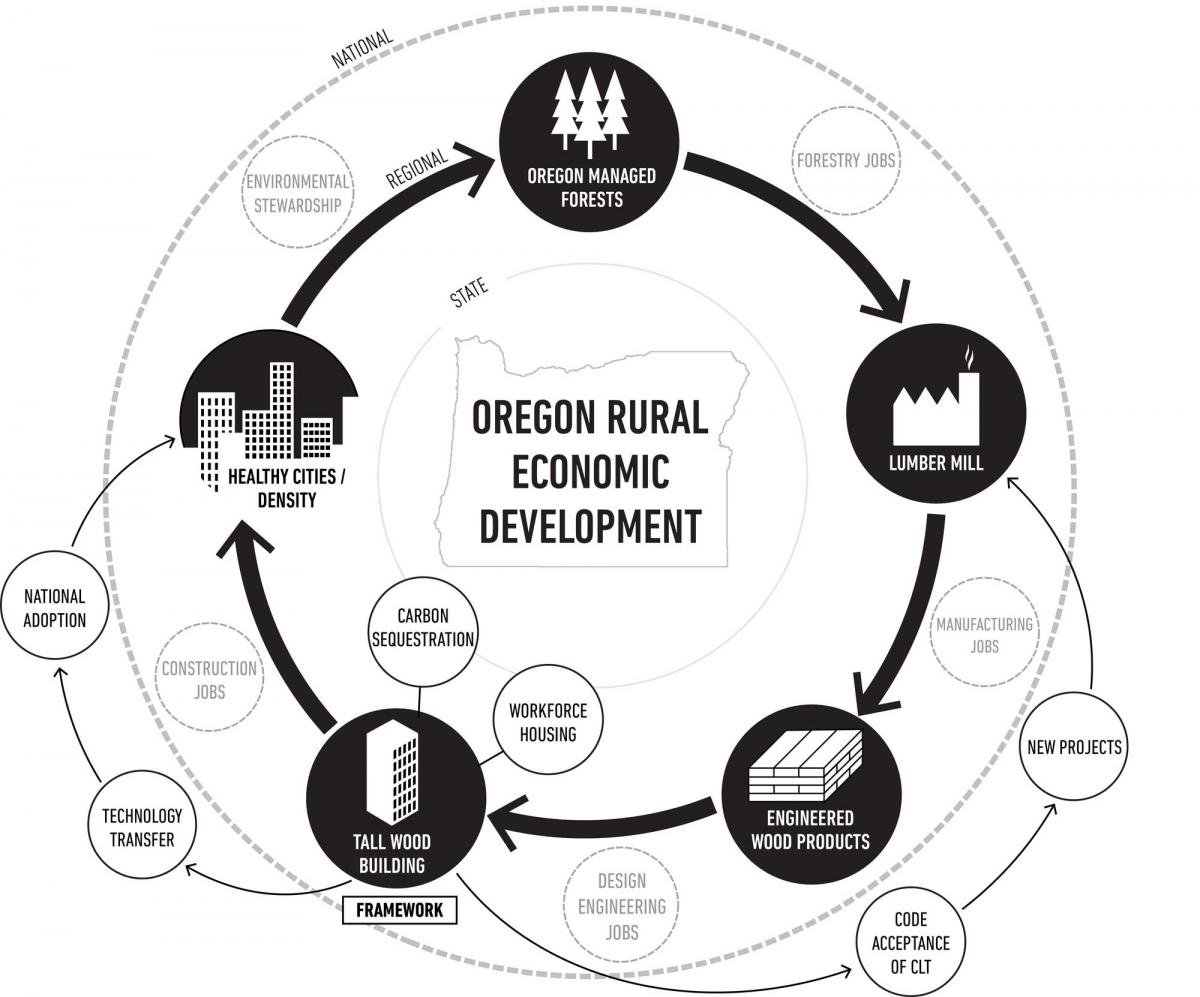
Violent protests mar Portland’s essential blueprint
Thursday night, the rush of noise funneling down the Pearl District’s Lovejoy Avenue sounded like the gusts of a hurricane’s outer bands. The crescendo built as voices harmonized with the storm of feet moving past my residence. The melodic chant stirred me, raising my hopes and emotions after a dismal 48 hours.
Stepping out to my balcony, I was reminded of the scene from Dr. Zhivago where the physician/poet is uplifted by a protest against the Czar—until a troop of Cossacks attack. Violence broke my reverie as well when a brick crashed through a store window across the street. The jangle of shattering glass cut through the protestors’ chant like a knife. I was dumbstruck as windows and glass doors were smashed. A new chant broke out, “Peaceful Protest, Peaceful Protest,” but the damage was done.
Coming down to the street, I heard a neighbor cry out, “Shame, Shame.” Her instinctual response not only described the loss of property, it marked the loss of a heralded message. In a place designed for human movement, the ideal setting to make a glorious statement of a free people, miscreants with bricks and bats fueled Donald Trump’s incendiary charge that our “inner cities are in crisis.”
Four decades ago, Oregonians invested in the novel idea that the judicious use of land could create a sustaining mix of private capital and civic enterprise in their cities. This investment has generated a considerable return and the Pearl District is the jewel, a prototype for the nation’s urban renaissance.
Once an abandoned section of the city, the eminently walkable neighborhood’s crafted mix of shops, parks, and apartments could be could be mistaken for sections of Oslo or Helsinki. Yet it is far from affluent. Thirty percent of residents live in subsidized housing and the median income is less than the city average. If the challenge of affordable housing is to be met, the Pearl District is the blueprint. Moreover, it might hold the key to unifying the urban-rural divide that split Oregon and the nation last Tuesday.
Plans were recently approved for the Framework, a 12-story building set to be the tallest wood structure in the United States. Since it is sited next to a streetcar stop, the developer was not required to provide off street parking. This cost savings made it feasible to provide five floors of affordable housing.

The Framework is ultra efficient as well. It will sequester more carbon than conventional buildings and its wood will be sourced from Oregon forests and processed in depressed rural communities that supported Trump. Given that the president elect must replace rhetoric with policy, Portland’s innovation is a “huge” calling card.
On election night, the city moved ahead on the housing front when voters approved a $258 million bond for affordable housing. Citizens should take to the streets and demand that the first estate developer president follow their lead. However, civility, common sense, and the rule of law must reign, otherwise the president elect will reign over a benighted republic.




